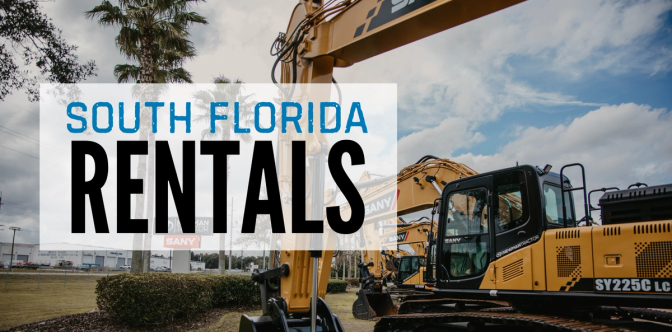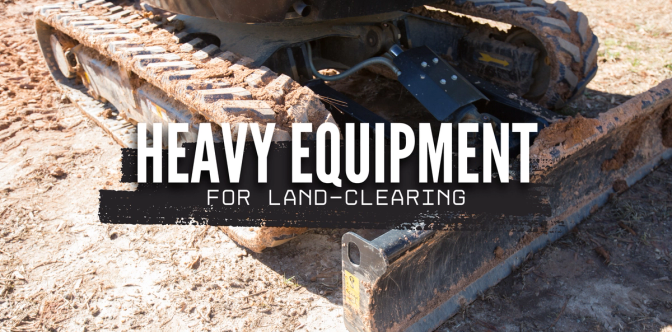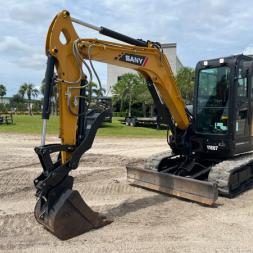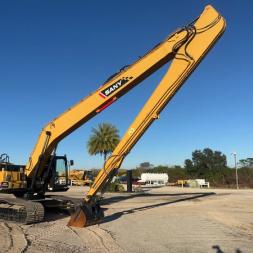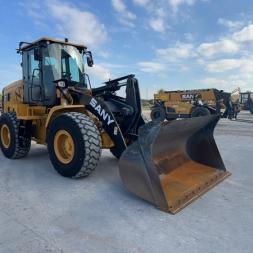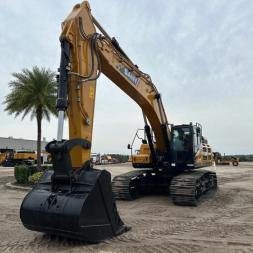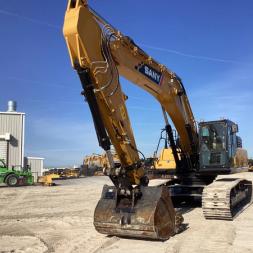Loading...

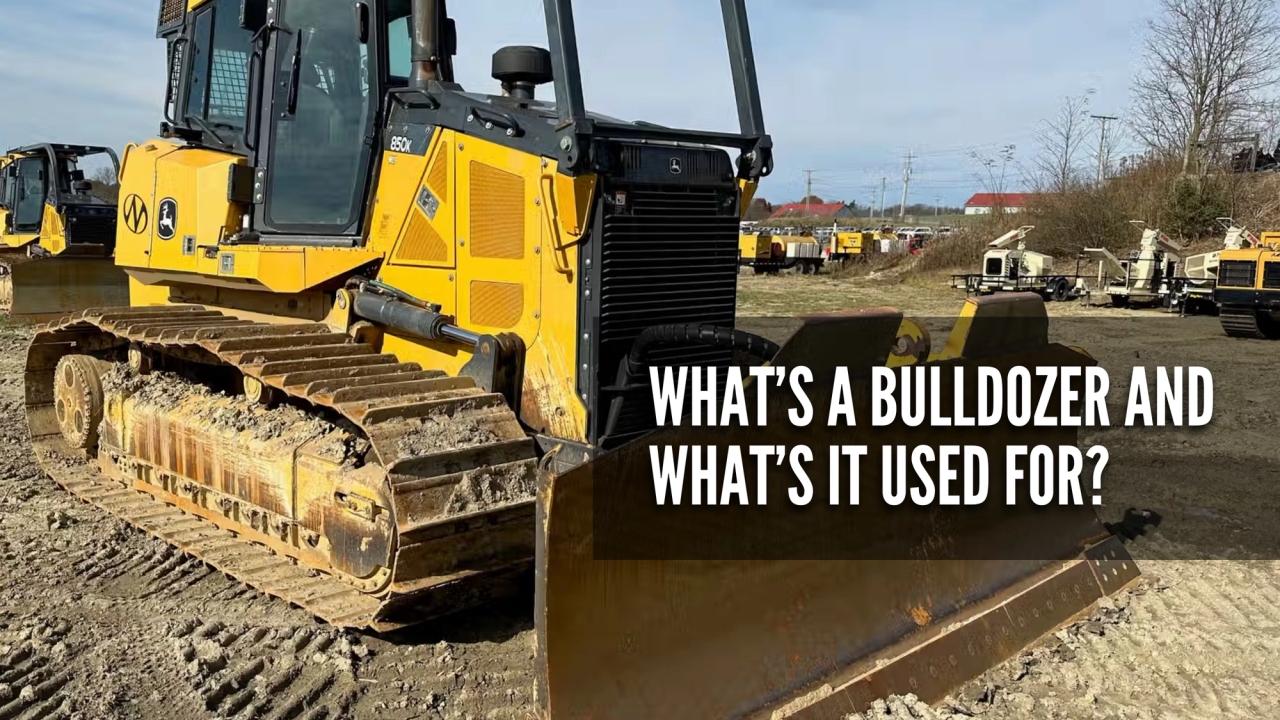
- Land Clearing: Need to knock down trees, push through brush, or clear out rocks? The dozer plows through it all like it’s nothing.
- Grading and Leveling Terrain: A bulldozer's specialty is making a smooth surface on rough ground. Whether you're prepping land for a foundation or smoothing out a road, this machine makes quick work of uneven terrain.
- Pushing Debris or Materials: On construction sites, dozers are used to shove piles of dirt, sand, gravel, or rubble from one place to another.
- Road Building: Whether you’re cutting a new road or leveling out an old one, bulldozers help push through tough terrain and create stable paths.
- Mining and Quarrying: Dozers shift large volumes of rock and debris in mines and quarries, helping to keep operations moving.
- Bulldozers are your go-to when moving or spreading large amounts of material across tough terrain. Think land clearing, road building, and leveling rough ground.
- Front-end loaders are better for lifting and transporting materials from point A to point B, especially in areas where speed and maneuverability matter. Loaders shine in construction sites, material yards, and even snow removal.
- Rippers: Perfect for breaking up tough terrain, like compacted soil or rocky ground, and tearing out stubborn tree stumps. These sharp, claw-like tools make quick work of tough earth that would otherwise slow you down.
- Angle Blades: These blades can be tilted or angled, which makes them ideal for shaping land, creating ditches, or working on slopes. An angle blade gets the job done faster if you need to contour land or move material to the side.
- Winches: For forestry work, winches are a must-have. They help pull heavy loads, like felled trees or equipment stuck in the mud, giving your dozer even more muscle when working in tough terrain.
Date: 01.07.2025
Tags:
Loading Posts...
Loading Inventory...

